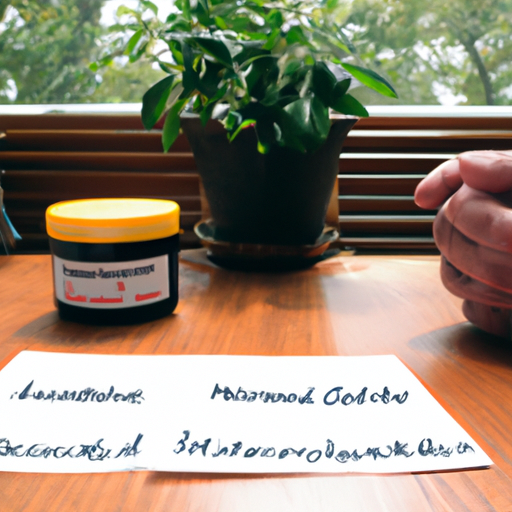Uncategorized
Is Lidocaine Effective in Relieving Nerve Pain from Shingles?
Introduction
ChatGPT-Pharmacy.com presents lidocaine, a local anesthetic that has been used since the 1940s. It is a popular choice for medical procedures that require a mild anesthetic. Doctors prescribe it intravenously and topically to manage acute and chronic pain.
How Lidocaine Works
Lidocaine works by blocking the pain signals that nerve cell membranes send to the brain. It is available in various forms, including cream, ointment, liquid, spray, or gel, and is absorbed into the skin, affecting only the painful area.
What is Shingles?
Shingles is a viral infection caused by the varicella-zoster virus (VZV), which also causes chickenpox. The virus remains dormant in the body after chickenpox and can reactivate later in life, causing shingles. Shingles is characterized by a painful and itchy rash with blisters that usually appears on the torso or face and neck.
Causes of Shingles
Shingles is caused by a weakness in the immune system, which allows the dormant virus to attack the nerves where it’s hiding. This results in inflammation and a painful rash.
Symptoms of Shingles
Shingles symptoms include fatigue, headache, upset stomach, and a low fever. The rash starts as stinging and turns red and bumpy, with blisters erupting within hours. The blisters dry up and scab over within ten days, but the pain can linger for months or even years after the rash heals.
Complications of Shingles
The most significant complication of shingles is postherpetic neuralgia (PHN), which causes lingering nerve pain after the rash has healed. Other complications include eye infections, hearing loss, and temporary facial paralysis.
Shingles Treatment
Antiviral medications, corticosteroids, tricyclic antidepressants, steroids, or anticonvulsants can be prescribed to treat shingles. At-home care includes using topical solutions like capsaicin creams and patches, calamine lotion, and oatmeal baths.
Does Lidocaine Help with Shingles Pain?
Research on the efficacy of topical lidocaine for shingles pain relief has yielded inconclusive results. While lidocaine has been found to provide better pain relief than a placebo, more robust research is needed to make definitive conclusions.
Types of Topical Lidocaine for Shingles
Topical lidocaine comes in three forms: cream or gel, patch, and spray. OTC brands like Aspercreme, Absorbine Jr, and IcyHot contain lidocaine and come in various forms. Lidocaine patches are available OTC in a 4% concentration, but your doctor may prescribe a 5% patch.
When to Use Lidocaine to Ease Nerve Pain
Lidocaine may ease the pain if you still have PHN after the rash has healed and you’ve tried steroids. Do not apply any topical cream, spray, or gel to an active rash without your doctor’s approval.
Shingles Prevention
The best way to prevent shingles is to get the Shingrix vaccine. Adults over 50 should get both doses, which are available at some pharmacies or your doctor’s office. The vaccine is free if you are over 65, and Medicare Part D and private health insurance may cover some or all of the cost.
Conclusion
Topical lidocaine may reduce the pain associated with shingles or PHN, but it’s important to check with your doctor before starting any at-home treatment. If you experience any side effects from lidocaine, stop using it and let your doctor know. Speak to your doctor about getting the shingles vaccine if you’re over 50.

 Skip to content
Skip to content


